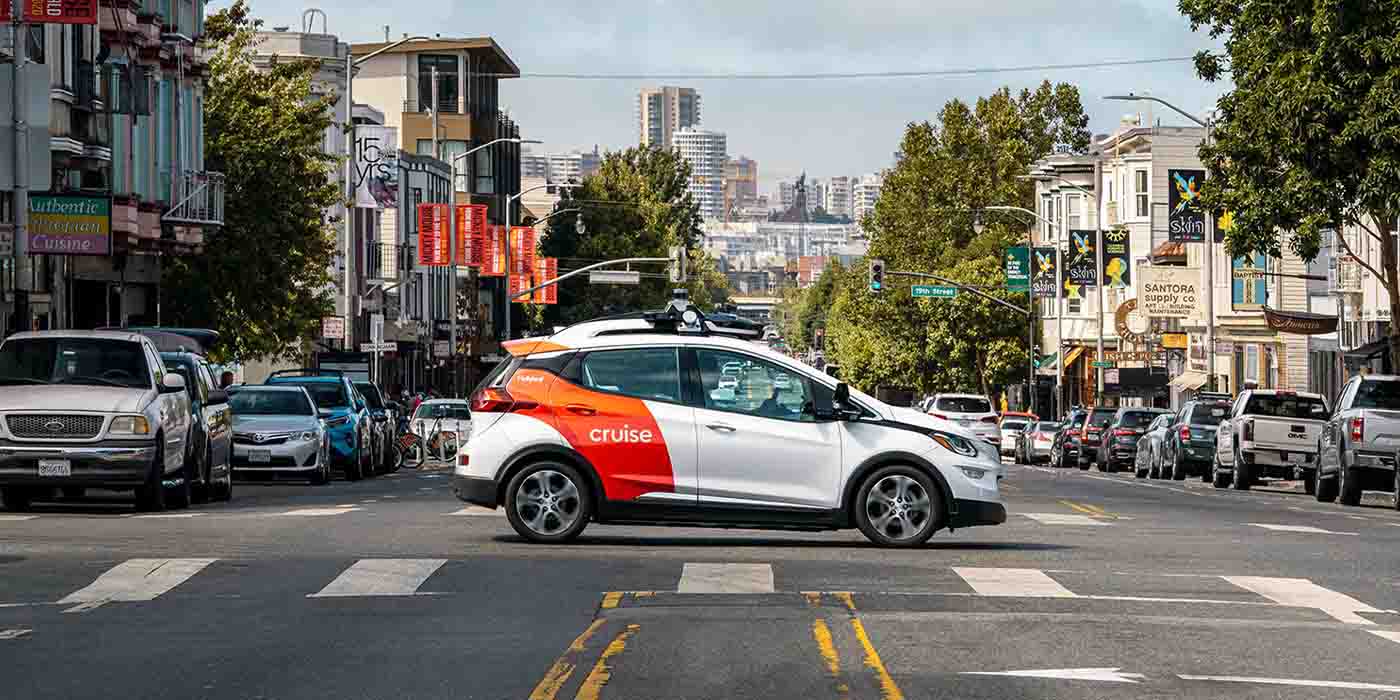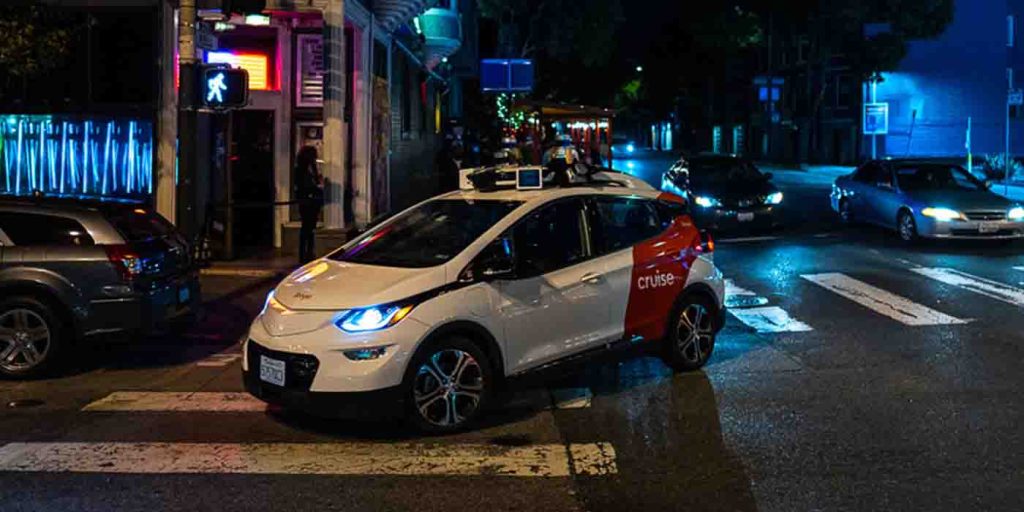
A report filed by the National Highway Traffic Safety Administration (NHTSA) this week has opened another investigation into GM’s robotaxi company Cruise. According to the filing, the NHTSA has received multiple reports of Cruise’s autonomous EVs blocking roadways and stopping abruptly, causing accidents with other drivers on roads.
Cruise is a startup founded in 2013 in San Francisco before being was purchased by GM in 2016. The startup immediately began converting the automaker’s Chevy Bolt EV to be fully-autonomous backed by $14 million in GM funding.
The Bolt remains the self-driving EV of choice for Cruise until its Origin platform EV eventually takes over. While the company continues to expand its autonomous robotaxi service in California, it hasn’t come without its fair share of bugs (and occasional accidents).
Earlier this year, Cruise recalled 80 of its autonomous robotaxis, citing a risk of accidents, particularly during turns. Following an investigation that began in June after two people were injured, the NHTSA stated that a software issue caused the self-driving Cruise vehicles to “incorrectly predict” oncoming vehicle’s paths, adding risk for collisions.
Cruise briefly decommissioned each of those EVs in order to implement a software update that resolved the prediction issue, then reintroduced unprotected left turns shorty thereafter. Now, however, the traffic safety administration is investigating two additional reports of accidents caused by Cruise’s autonomous fleet.

NHTSA again investigating autonomous Cruise EV accidents
The NHTSA filed investigation report PE22014 on December 12, pertaining to GM’s Cruise and its fleet of autonomous EVs causing risk of collisions in two types of “distinct instances.” These instances pertain to the EVs hard braking and/or becoming immobilized, both of which can block roadways and add risk of accident.
The NHTSA referred to three separate reports of the Automated Driving System (ADS) equipped in a given Cruise vehicle braking hard in response to another vehicle quickly approaching it from behind. In each instance, those drivers ended up rear-ending the Cruise vehicle. In the cases of these three reported accidents, the autonomous vehicles had a human supervisor present inside.
In terms of the autonomous Cruise vehicles blocking traffic, the NHTSA cites “multiple reports,” stating that the specific number is currently unknown. All known occurrences happened without the presence of a human supervisor however. Per the report:
When this occurs, the vehicle may strand vehicle passengers in unsafe locations, such as lanes of travel or intersections, and become an unexpected obstacle to other road users. These immobilizations may increase the risk to exiting passengers. Further, immobilization may cause other road users to make abrupt or unsafe maneuvers to avoid colliding with the immobilized Cruise vehicle, by, for example, diverting into oncoming lanes of traffic or into bike lanes. The vehicle immobilizations may also present a secondary safety risk, by obstructing the paths of emergency response vehicles and thereby delaying their emergency response times.
The NHTSA’s Office of Defects Investigation (ODI) has opened a preliminary evaluation on the accidents above in order to determine the scope and severity of the potential safety issues. The administration states it has already learned much of the autonomous accidents through multiple sources, including Cruise directly, media reports, and submissions from local authorities.
FTC: We use income earning auto affiliate links. More.


Comments